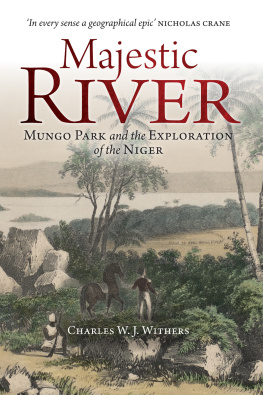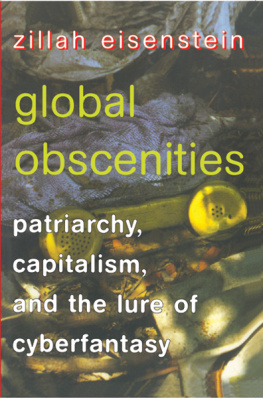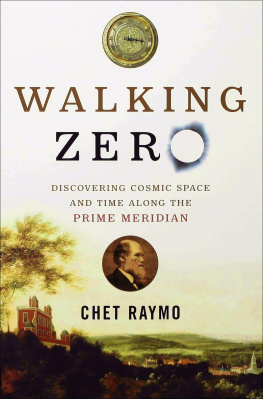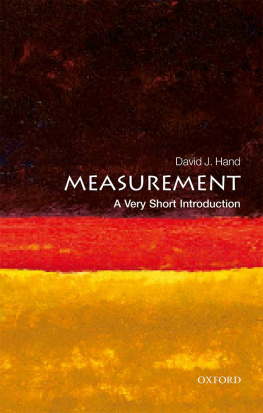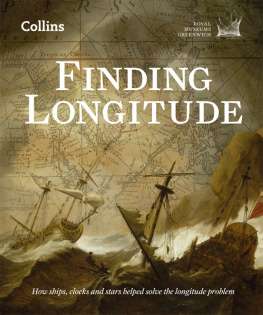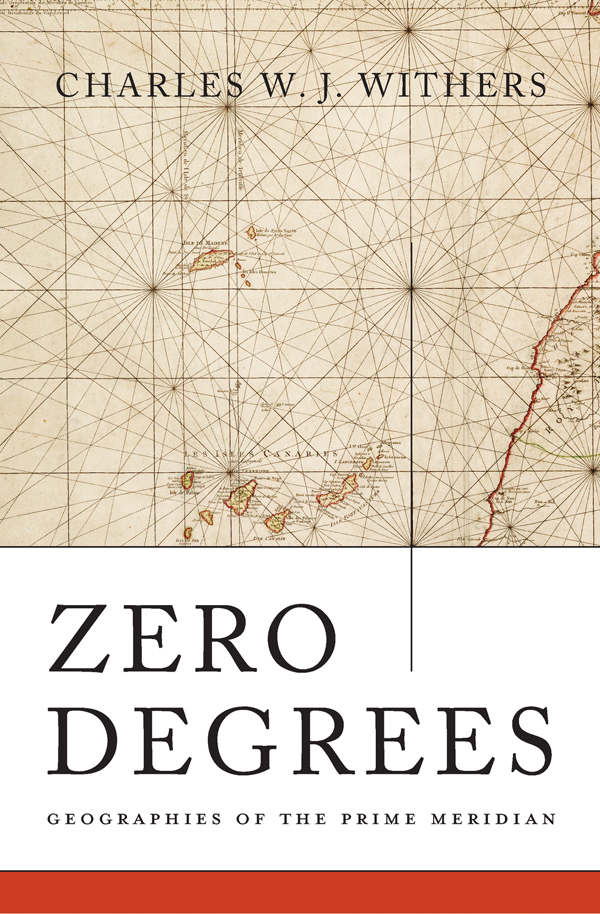Contents
Guide
Pagebreaks of the print version
CHARLES W. J. WITHERS
ZERO
DEGREES
GEOGRAPHIES OF THE PRIME MERIDIAN


CAMBRIDGE, MASSACHUSETTS LONDON, ENGLAND 2017
Copyright 2017 by the President and Fellows of Harvard College
All rights reserved
Jacket art: On this map of 1753, Frances leading hydrographer Jacques-Nicolas Bellin shows two classical prime meridians at work in the eighteenth century: LIsle de Fer (Cap Fero) and Tenerife. Source: J.-N. Bellin, Carte Reduite des Costes Occidentales dAfrique (Paris, 1753). National Maritime Museum, Greenwich, London.
Jacket design: Jill Breitbarth
978-0-674-08881-8 (alk. paper)
978-0-674-97895-9 (EPUB)
978-0-674-97894-2 (MOBI)
978-0-674-97893-5 (PDF)
The Library of Congress has cataloged the printed edition as follows:
Names: Withers, Charles W. J., author.
Title: Zero degrees : geographies of the Prime Meridian / Charles W. J. Withers.
Description: Cambridge, Massachusetts : Harvard University Press, 2017. | Includes bibliographical references and index.
Identifiers: LCCN 2016040039
Subjects: LCSH: Prime MeridianHistory. | Meridians (Geodesy)History. | Geographical positionsHistory.
Classification: LCC QB224 .W58 2017 | DDC 527/.2dc23
LC record available at https://lccn.loc.gov/2016040039
FOR ANNE
CONTENTS
Longitude of a place is the difference of such place counted on the Equator, from some Meridian which passes through the place you reckon or count your longitude from; which Meridian is as it were the Land-mark of the whole sphere, being the Bounds from whence the Longitude of any particular place is accounted quite round the globe. Now this meridian from whence we begin to Reckon the Longitude, has been differently assignd by several nations.
WILLIAM ALLINGHAM,The Nature and Use of Maps (1703)
IN NOVEMBER 1883 a sixty-seven-year-old English sailor addressed a letter to the worlds geographical societies. There are, he began, some things that belong to all mankind. What William Parker Snow had in mind was nothing less than a single prime meridian, a global base point or line to be used by all nations. From such an agreed point of terrestrial measurement, he reasoned, navigators and geographers could plot their voyages and align their maps, and perhaps astronomers could even chart the heavens, all using a standard point of earthly reference. One prime meridian for the world and only one, stressed Parker Snow, would be of vast benefit to Science and Humanity.
His appeal for a uniform base of measurement was rooted in personal experience. Born in 1817 in Poole, England, William Parker Snow was a sailor, an author, a sometime Patagonian colonist, a historian of the American Civil War, and, important to his own self-image, a veteran of Arctic exploration. He was also reputed to be psychic and lived, as one contemporary remarked, on the edge of the Fourth Dimension. Parker Snows supposed otherworldly powers, revealed in a dream in January 1850, convinced him (but few others) of the location of the ill-fated Franklin expedition that was lost in the Arctic in 18471848. As a young man, Parker Snow had himself nearly perished at sea during a storm when his vessel had a close encounter with another ship that had derived its mid-ocean position and course from an initial meridian different from his own.
Parker Snows entreaty was timely. In the late nineteenth century, there was no such thing as a single prime meridian. There was no shared global 0 base point from which the worlds dimensions were reckoned in commonno one site of calculative origin from which geographers, navigators, astronomers, and timekeepers could fix their respective systems of measurement. Nor had there ever been. By the 1880s moves were certainly being made in several quarters to adopt a single prime meridian for the world. Parker Snow was aware of them. Yet during his time, the story of the prime meridianits history, its geography, and its use by different nations and communitieswas one of persistent national difference. The entry meridian in the 1825 London Encyclopaedia, for example, makes the nature of the problem clear: The first meridian of a country is that from which its geographers, navigators, and astronomers, commence their reckoning of Longitude; and, the meridians having nothing in themselves to distinguish them from each other, the fixing upon any one for this purpose is quite arbitrary; hence different persons, nations, and ages, have commenced their longitudes at different points, which has introduced no small confusion into geography. For that author, at least, there was no likelihood that these differences and the resultant confusion would ever be reconciled: National and even scientific jealousies are too strongly prevalent for us to hope that the world will at any early period fix on a common first meridian.
Parker Snow lived in a world where more than twenty prime meridians were at work. Several European nations had long used the island of Ferro, the westernmost of the Canaries, as a prime meridian. This choice of geographical origin was an intellectual inheritance from the ancient Greeks. By 1825 and for some time before, however, as the London Encyclopaedia further reported, individual nations had commonly employed their own initial meridian: Each considerable country now usually adopts the meridian of its own capital as the first. France, for example, used twoFerro and from about 1720, Paris, centered upon the observatory there. After 1776 the United States did as well, employing Washington, DC, for astronomical purposes and Greenwich, England, for geography and navigation: this twin primacy was enshrined in U.S. law in 1850. In Britain from the later 1760s, the prime meridian most commonly used for navigational purposes was that based upon the Royal Observatory at Greenwich.
Parker Snows 1883 proposal for one INTERNATIONAL PRIME MERIDIANhis typography emphasizing his casewas at a spot on the Globe seemingly, to me, placed there by Nature for the purpose. His chosen spot was Saint Pauls Rocks (today known as Saint Peter and Saint Paul Archipelago, or Saint Peter and Saint Paul Rocks), a group of small islands close to the equator in the Atlantic and about 630 miles northeast of Cabo do Calcanhar on the Brazilian mainland. If this spot were made a general PRIME MERIDIAN, he argued, it would remove all difficulties as to interchange of longitude at Sea, and also do away with National or individual predilections for any particular locality. Intended as a new beginning for the worlds benefit and measurement, Parker Snows proposition bore in part the stamp of the old and of one nations prime meridian above others: This spot, if adopted at my suggestion, [is] to be called NEW GREENWICH, PRIME MERIDIAN.
Saint Peter and Saint Paul Rocks today boasts a lighthouse, built in 1995, and a Brazilian scientific station, built in 1998, used for satellite communication. Parker Snows plans for New Greenwich as the originating point of the worlds measurement were similarly rooted in concerns over communication and safety at sea: I do not confine myself to making these Rocks a mere


